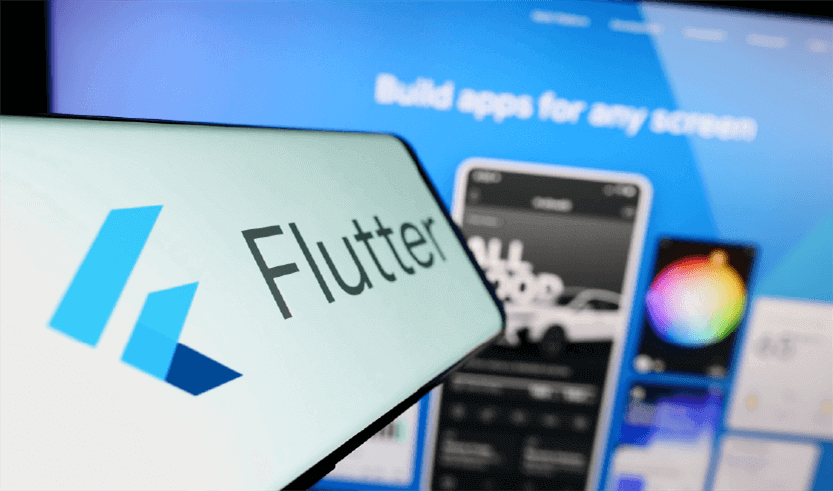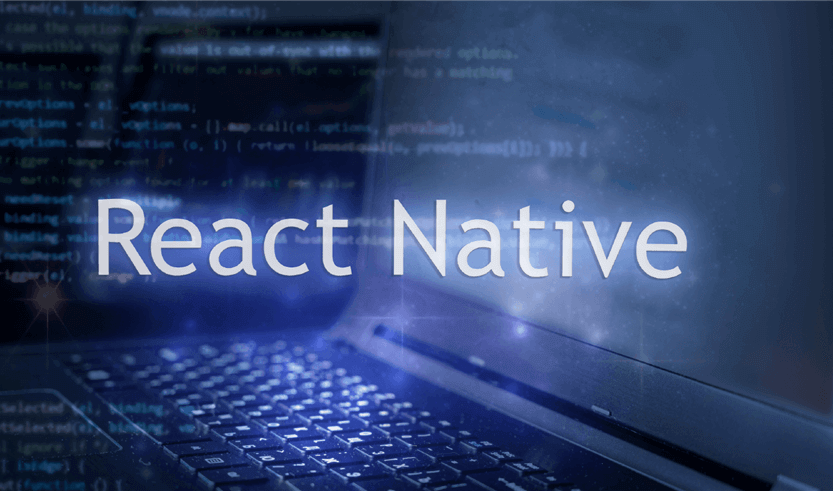Flutter V/S React Native in App Development
When it comes to mobile app development, Flutter and React Native are two of the most popular frameworks developers use today. Both offer unique benefits and features that make them suitable for different projects. In this blog, we’ll explore the differences between Flutter and React Native to help you decide which one might be best for your next App development project.
- Definition

What is Flutter?
Flutter is an open-source UI software development kit (SDK) created by Google. It’s used to develop applications for Android, iOS, Linux, macOS, Windows, Google Fuchsia, and the web from a single codebase.
Key Features of Flutter:
- Single Codebase: Write once, run anywhere. You can use the same code for both Android and iOS applications.
- Widgets: Flutter has a rich set of customizable widgets that allow developers to create complex UIs.
- Hot Reload: This feature enables developers to see changes in real-time without restarting the application.
- Dart Language: Flutter uses Dart, a programming language also created by Google, which is easy to learn and robust.

What is React Native?
React Native is an open-source framework developed by Facebook. It allows developers to create natively rendered mobile apps for iOS and Android using JavaScript and React.
Key Features of React Native:
- JavaScript: Uses JavaScript, one of the most popular programming languages, making it accessible for many developers.
- Native Components: Leverages native components to provide a more authentic look and feel to the applications.
- Hot Reloading: Similar to Flutter, React Native also supports hot reloading to speed up the development process.
- Large Community: A large and active community provides ample resources, libraries, and support.
- Performance
Flutter: Known for its high performance, Flutter compiles to native ARM code using Dart. This allows it to deliver smooth animations and transitions.
React Native: While also performant, React Native uses a bridge between JavaScript and native modules, which can sometimes lead to performance bottlenecks. However, with proper optimization, React Native apps can still perform exceptionally well.
- Development Experience
Flutter: The use of Dart might be a new learning curve for developers familiar with JavaScript. However, Flutter’s comprehensive documentation and strong community support make it easier to get up to speed.
React Native: Developers familiar with JavaScript and React will find it easy to pick up React Native. Its modular architecture also makes it easier to manage complex applications.
- User Interface (UI)
Flutter: Offers a wide range of widgets for creating custom UIs. Its “everything is a widget” philosophy provides extensive flexibility but may require more effort to match native design guidelines.
React Native: Uses native components, making it easier to create apps that look and feel like native applications on both Android and iOS.
- Community and Ecosystem
Flutter: Although relatively new, Flutter has quickly grown a robust community and ecosystem with numerous libraries and tools.
React Native: Has a larger and more mature community due to its longer presence in the market. There’s a wealth of third-party libraries and tools available.
- Learning Curve
Flutter: Requires learning Dart, which might be challenging for those new to the language. However, once learned, Dart’s syntax and features can be very powerful.
React Native: Easier for developers with a background in JavaScript and React. The learning curve is generally smoother due to the familiarity of the language.
In conclusion, both Flutter and React Native are powerful frameworks for App development, each with its unique advantages. Flutter’s rich set of widgets and high performance make it an excellent choice for building visually rich and high-performing applications. On the other hand, React Native’s use of JavaScript and native components makes it more accessible for developers familiar with web technologies and looking to create native-like applications.
Ultimately, the choice between Flutter and React Native will depend on your specific project requirements, the expertise of your development team, and your personal preference. Both frameworks are continually evolving, and either can be a great choice for your next App development project.